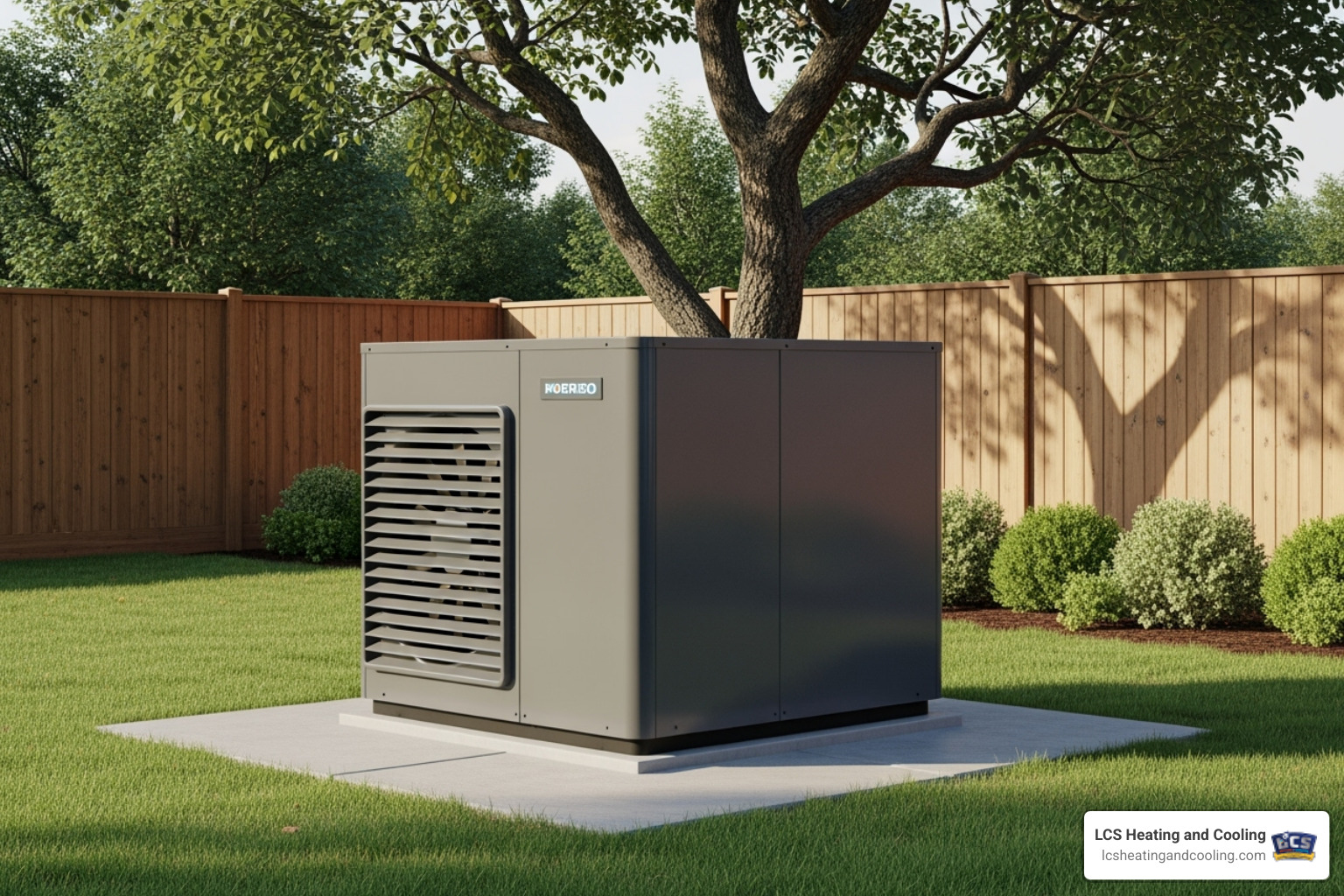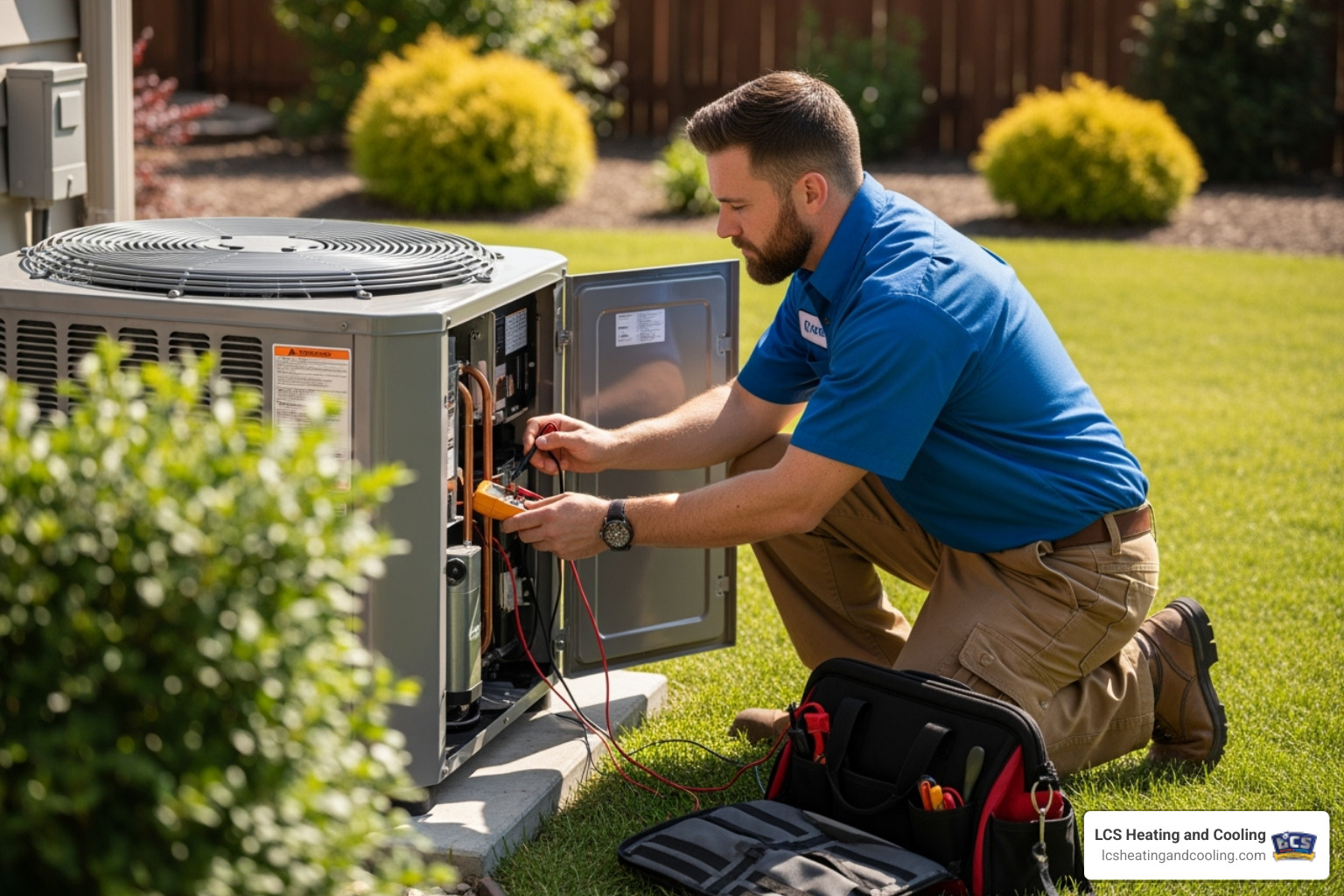5 Things to Know about New Refrigerant Changes in HVAC Systems
The landscape of home heating, ventilation, and air conditioning (HVAC) is evolving, with new regulations set to transform how systems operate and are manufactured. Here’s what you need to know about A2L refrigerant and the upcoming changes mandated by the Department of Energy (DOE).
Why the Change?
The shift comes as part of a larger effort to decrease environmental impact. The new mandated refrigerant boasts a lower ozone depletion potential compared to the current R-410A refrigerant used in many existing systems. This change aims to lessen the ecological footprint of HVAC systems and push towards more sustainable practices in the industry.
Will It Change How Air Conditioners and Heat Pumps Operate?
For the most part, the operation of air conditioners a

nd heat pumps will remain the same.While the units will physically look identical to those currently in use, the major changes will be internal, focusing on improved efficiency and adapted controls designed to work with the new refrigerant.
Impact on Homeowners
The transition to new systems using the mandated refrigerant is expected to increase costs. Homeowners can anticipate paying approximately 10%-30% more for systems utilizing the new refrigerant compared to those using R-410A. This price increase stems from manufacturers needing to retool their production lines to accommodate the fabrication of the new systems.
Timeline for Change
Starting January 1, 2025, the manufacturing of systems using R-410 will cease. However, installation of existing R-410 systems will still be permitted after this date as manufacturers work through remaining inventories. Currently, availability of systems with the new refrigerant is quite limited, but this is expected to change as more manufacturers adjust to the new requirements.
Availability of Parts for R-410 Systems
For those concerned about maintaining their current R-410A systems, manufacturers have committed to honoring warranties, most of which last for 10-12 years. Consequently, parts should remain available for the foreseeable future, though homeowners may experience longer wait times for parts as supplies start to diminish over time.As these changes roll out, staying informed and prepared is crucial. Homeowners considering new HVAC installations or replacements should consult with HVAC professionals to understand the best options available that comply with the new regulations and to plan financially for the potential increase in costs.For more detailed information on how these changes might affect you and to explore your options, visit our website or contact us directly. We’re here to help ensure your home remains comfortable and efficient through these transitions.


